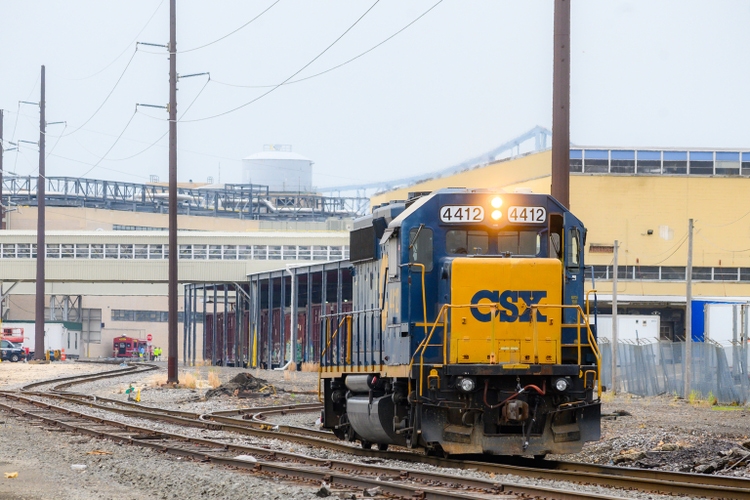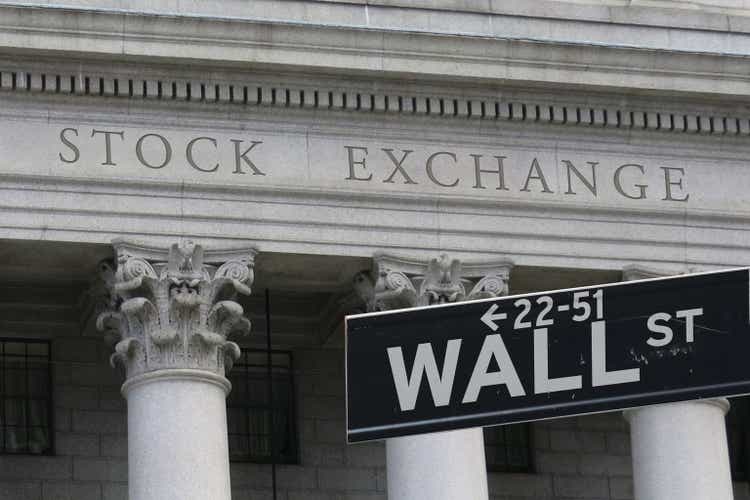GST 2.0 Reforms: Prime Minister Narendra Modi’s promise of a “double Diwali” gift in the form of simplified GST rates may roll out sooner than expected, with the GST Council set to meet on September 3-4.
According to sources, the new tax slabs could come into effect by Ganpati Visarjan itself, weeks ahead of Diwali.
“This Diwali, I am going to make it a double Diwali for you. This Diwali, you fellow countrymen are going to get a very big gift,” PM Modi declared in his August 15 Independence Day address, vowing to make “everyday items very cheap” and boost the economy.
The Centre has proposed replacing the existing 5 per cent, 12 per cent, 18 per cent and 28 per cent GST rates with just two slabs -- 5 per cent and 18 per cent.
Finance Minister Nirmala Sitharaman has already briefed state-level Groups of Ministers (GoM), noting that the changes would “benefit the common man, farmers, the middle class, and small businesses, while making GST more transparent and growth-oriented.”
Why this Diwali may feel like a 'discount season' for consumers
According to Ambit Capital’s latest report “GST reforms: Better late than never”, nearly 99 per cent of items in the 12 per cent slab may move down to 5 per cent, while 90 per cent of goods currently taxed at 28 per cent is set to shift to 18 per cent.
Some examples of price impacts under the proposed structure:
Big-ticket items like air conditioners, TVs and cement, which currently attract 28 per cent GST, are likely to become cheaper under the new plan as their tax rate will fall to 18 per cent.
Since about 15 per cent of the average household spending goes to goods in the 12 per cent and 28 per cent tax brackets, both lower-income families (who spend around 25 per cent of their budgets on 5 to 12 per cent taxed goods) and wealthier households (who spend 5 to 6 per cent on high-tax luxury items) are expected to benefit.
According to Ambit Capital report, the GST cut could lift consumer spending by Rs 0.8-1.8 lakh crore, which in turn may push up India’s GDP growth by 0.2 to 0.5 percentage points, from 6.3 per cent to 6.5 to 6.8 per cent.
The revenue pinch: Why states will feel it more than Centre
The flip side is the revenue shortfall. The report warned that the Centre and states together could lose Rs 0.7 to 1.8 trillion annually from GST rate rationalisation, translating into a 3 to 8 per cent dent in budgeted GST revenues.
In its budget, the Union government had projected GST collections to rise by 10.9 per cent in 2025-26 over the revised estimates for 2024-25.
The report laid out two cases/scenarios:
Scenario 1: If all 28 per cent goods move to 18 per cent, total GST revenues drop by Rs 1.8 lakh crore (-8 per cent).
Scenario 2: If some 28 per cent items move to 40 per cent, loss narrows to Rs 0.7 lakh crore (-3 per cent).
While the Centre and states share GST collections equally, states are expected to bear two-thirds of the total loss. For every Rs 1 lakh crore revenue gap, as per the report, the Centre loses Rs 0.5 lakh crore--but states lose Rs 0.5 lakh crore directly plus Rs 165 billion less from tax devolution, as only ~33 per cent of Centre’s gross tax revenues are devolved.
Ambit Capital report noted: “States would ultimately bear 2/3rds of the revenue losses due to lower rates.”
States such as Maharashtra, Haryana, Karnataka, Kerala and Bihar, where GST accounts for one-third of revenues, will be hit hardest. Already facing slowing GST growth--just 3.9 per cent YoY in Q1 FY26 for 17 major states--several governments have hiked liquor taxes and property levies to plug gaps, the report noted.
The report further cautioned that the fiscal deficit could widen by 0.1-0.23 per cent of GDP, unless the Centre cuts capital expenditure, which would blunt the growth boost.

 1 hour ago
1
1 hour ago
1















 English (US) ·
English (US) ·